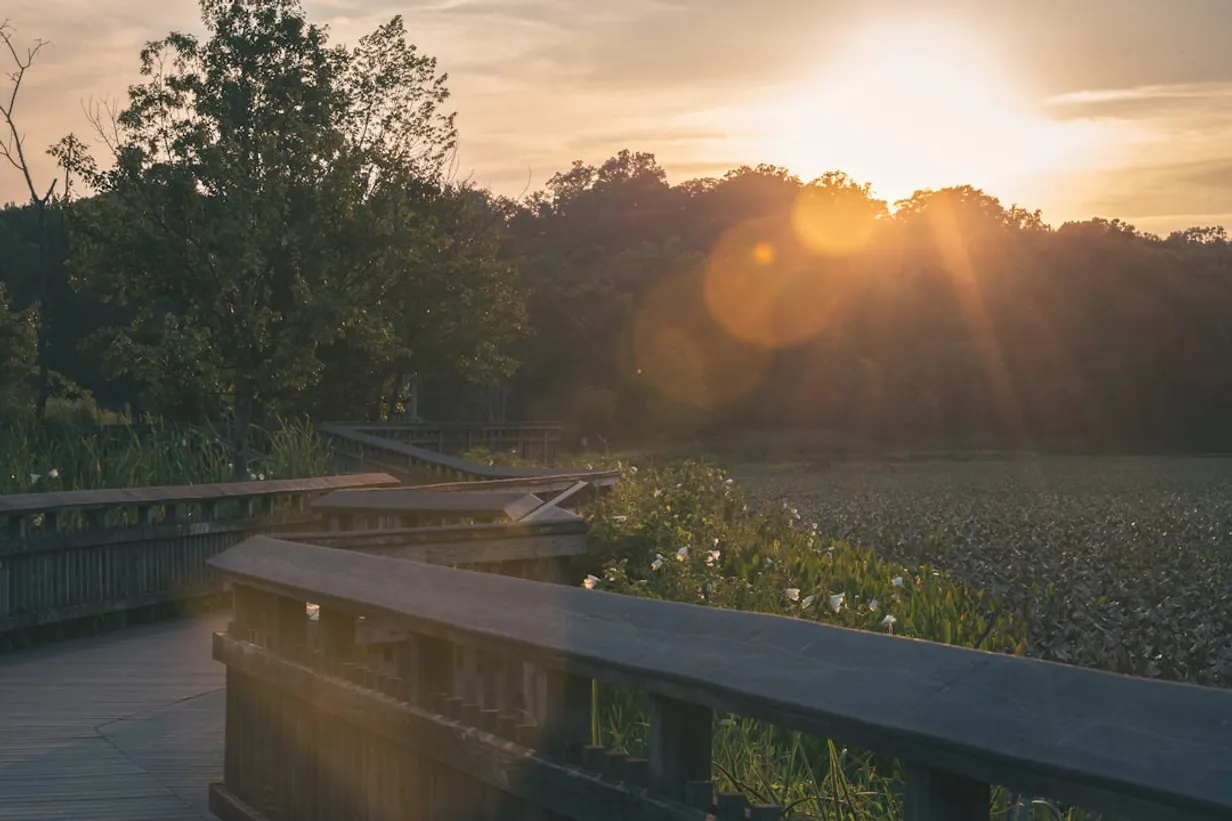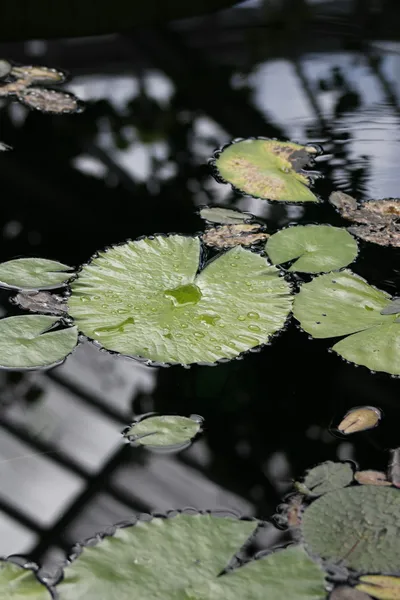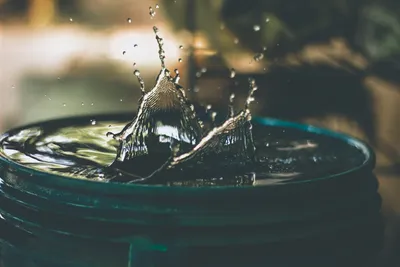Introduction to Urban Aquatic Gardening
Incorporating native aquatic plants into urban environments not only enhances aesthetic appeal but also contributes towards fostering a sustainable ecosystem. With diverse capabilities, these plants adapt well to Australia's unique climate while supporting biodiversity.
Understanding Your Urban Space
Analyze Space and Resources
Before integrating aquatic plants, assess your available space and resources. Consider factors like sunlight exposure, water sources, and potential water features you intend to develop. Urban gardens can range from balcony setups to small backyards, each offering unique challenges and opportunities.
Climate Compatibility
Australia's climate variants need consideration in plant selection. Opt for species naturally resilient to your local conditions, ensuring sustainability and reduced maintenance efforts.
Choosing the Right Native Aquatic Plants
Popular Choices for Urban Gardens
Some viable options include common rush (Juncus usitatus) for wet zones and water milfoil (Myriophyllum simulans) for ponds or water features, both known for their hardiness in urban settings.
Enhancing Biodiversity
Native aquatic plants play a crucial role in supporting local fauna. Introducing species like frogbit (Hydrocharis dubia) can provide habitats for local insects and amphibians, increasing urban biodiversity.
Incorporation Techniques
Container Water Gardens
Utilize containers to create miniature aquatic setups. This is particularly practical for balconies or patios, offering flexibility and ease of maintenance.
Ponds and Water Features
Establishing small ponds can serve as a central point in your garden, encouraging native wildlife interactions and creating a serene atmosphere.
Maintenance and Sustainability
Regular Monitoring
To ensure the health of your aquatic plants, conduct regular checks for water quality and plant health. Adjust interventions as necessary to maintain balance.
Eco-friendly Practices
Employ sustainable practices such as rainwater harvesting and organic pest management to minimize environmental impact. Native plants generally require less intervention, supporting your eco-friendly efforts.
Conclusion: Benefits of Urban Aquatic Gardens
Integrating native aquatic plants into urban settings not only beautifies and diversifies your space but also serves a profound environmental purpose. Embrace these practices to create vibrant, life-supporting habitats that thrive in harmony with Australia's unique climate.
Popular Gardening Guides
Explore our most loved gardening articles, featuring expert advice on plant selection and sustainable practices.




